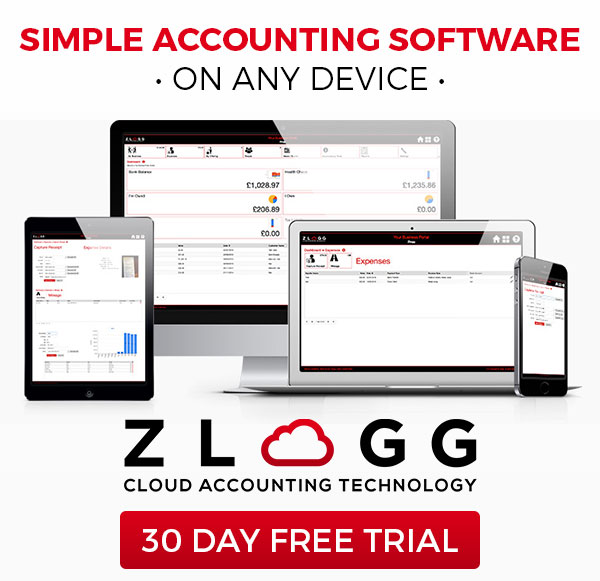What to include in a Business Plan
I know writing a business plan can be hard work and sometimes the hardest part is just knowing which sections you need to include and what to write about under each part. So I though I could help on this subject as I have written many business plans over the years and wanted to pass my knowledge onto others out there. So here we go!
Executive Summary
This is the very first thing your reader is going to see so it needs to pack a punch! Really ‘sell the dream’ here whilst also explaining everything about your business in a nutshell. It needs to be a maximum of a single-page and only include key information that the reader needs to know straight away:
- What is the business?
- What services/products are you going to offer?
- What differentiates you from competitors?
- What are your aspirations for the future of the business?
- If you’re looking for investment then how much and what return are investors going to make?
Remember, most people reading business plans are busy people and although it’s horrible to say, many of them will decide whether they like or dislike your idea from reading this initial page. So you know what my advice is? Write it last! I know this sounds odd but from experience, once you have actually written the whole business plan you are so knowledgeable about your business and what it entails that it’s the best time to write this summary so that you don’t forget anything.
Business Overview
This is your opportunity to tell the reader everything about your business and how you plan to run it successfully.
Begin with a brief history of the business and why you started it, or if it’s a startup then where did the idea come from and why are you now making it into a business?
Then describe the purpose of the business, why will it operate well? Be sure to give a more in-depth look at the products/services you’re going to offer your customers and explain how they will be managed in order to make the business money.
Now focus on where your business fits in the market, is there a gap in this market or are you looking to do something different? Discuss your competitive advantages over competitors and how you’re going to stand out from the crowd. Also look to include some research of your competitors here, what are their strengths and weaknesses? Try to use statistical data to make your points and then explain how this information is going to help your business be better.
Then finish off with a section discussing what your plans for the future are and how you are looking to develop and grow the business over the next 3 – 5 years.
Business Strategy
Here you need to be very detailed about what methods you are going to enforce to ensure your business is successful and runs smoothly. Focus on the 3 – 5 year plan basis.
Firstly simply list your goals and objectives for the business, this helps the reader understand more about the business and will help you then explain your business strategy.
With that list written now begin to explain how you’re going to achieve each of those goals. What tactics are you going to use? What are the coherent stages you are going to follow? What resources are you going to need in order to achieve success?
Then look to create a strategy model which outlines logical strategic threats and opportunities the business will come under in the short and long-term and how you will overcome threats and maximise on opportunities.
Then finish this section off with a nice piece about your business core values and how you’ll run the business from a managerial stance.
Marketing
Marketing is a very important section since this is how you are going to market/advertise your business to your customers and make money. Gone are the days of simply relying on footfall of the local village, you have to get out there and show the world what you do. You can have the greatest product in the world, but if no one knows you exist then it’s all for nothing! So please be sure to spend serious time writing this section and researching – my advice would be to start here when looking at statistical data to include https://www.ons.gov.uk/
The main thing here is to include the basis of your marketing plan so you’re going to need to include sections on:
First and foremost – define your target market. Describe your perfect customer: How old are they? Where do they live? What’s their disposable income? What are their hobbies?
How are you going to reach this customer?
What technology will you use?
Which marketing channels will you be taking most advantage of and why?
How are you going to promote your business to your customers? Using which advertising methods?
How are you going to build credibility of your business? What is your ‘Brand’? My adivce here would be to always include some form of visual aid – include some example logos, designs and colour schemes so the reader can truly envision how your business will look.
Finally, what budget do you realistically need to make this marketing plan work? Be honest here, if you don’t have enough money to do it then re-jig what you’ve just written and make it more within your price-range. It’s very easy to get excited and say things like “I’ll have a TV advert go out on prime-time and get millions of customers” but have you looked into how much that’s going to cost?
Also don’t put all your eggs in one basket, be sure to evenly distribute different forms of marketing to attract your customers. Of course you’ll have mediums which suit your business better than others and you’ll maximise on that, but it’s better to have a few marketing avenues than putting all your budget into one big punt!
Team and Management
As the title suggests, here you need to include information on all the people who are going to be involved in the business and how the management structure is going to work.
So nice and simple here really, just be sure to include names, bios and explain what each individual person is bringing to the business. What’s their experience?
Then outline who goes where in the business, start from the top with head-management and work your way down. If it’s a small business with just a couple of you then that’s fine! Don’t be scared and pretend to be bigger than you are. Just be honest and explain exactly how the business is going to work – if it’s just starting off with you alone as a sole-trader then explain how you’re going to work.
Also include names and information on any external help you’ve had are are looking to use. Things like business developers, accountants etc. If you’re using anyone with expertise then include them here to give your business plan a little more ‘clout’.
Then finish off just explaining if you’re looking to use any management systems like Zlogg etc.
Financial Budgets and Forecasts
This is a very serious section now. Up to this point you may have had your reader on the edge of their seat loving all your ideas. But now it’s time for the nitty-gritty…the numbers!
My key point to note here is be honest! We’ve all seen Dragons Den when the dragons are loving the idea, then the poor entrepreneur starts saying unrealistic figures and one-by-one the dragons all reveal they’re “out”. The same can happen to you from an outsider reading your business plan! So my advice here is to do 2 of each financial document: a ‘worst case scenario’ and a ‘best case scenario’. This shows your reader that you understand business and are being realistic with the forecasts.
So what do you need to include here? well…
Cash Flow Forecast – Explaining how you are going to manage the amount of money coming in to keep the business afloat, looking at monthly outgoings and how you are going to maintain a good balance of income and outgoings. From experience, cash flow makes or breaks businesses! If you’re always waiting on 30-day invoices then you’ll need to come up with a solution as to what you do between those 30 days of waiting for payments.
Profit & Loss Forecast – This is the one people tend to be unrealistic with! Here you must look into how much this business is likely to make or lose in the next 3-5 years whilst running. In all honesty, most businesses these days run at a loss the first year or two so don’t be afraid if your numbers come to a loss in year 1. Generally start-ups don’t make profit until year 3.
Balance Sheet Forecast – This is a more detailed look at all the income and outgoings of your business and starting to formulate what areas will be tax-deductible and show you know how to run business accounts.
Capital Expenditure Budget – This is the budget you’re looking to spend to buy new assets which are necessary to run your business. These are generally equipment and repair items, so if you’re running a cafe you’ll need coffee machines, fridges cookers etc – they would be your capital expenditure. These items are always generally taxable so it will coincide with your balance sheet forecast, but here they want to see if you’ve thought exactly how much you’re going to invest to keep the business running properly – especially for startups! If you need to buy equipment straight away then this will come out of your Capital Expenditure budget.
And that ladies and gents is everything you need to include in your business plan. Phew! I hope that all helps but please feel free to contact me via the contact page on the site if you require further help with anything.














Share On